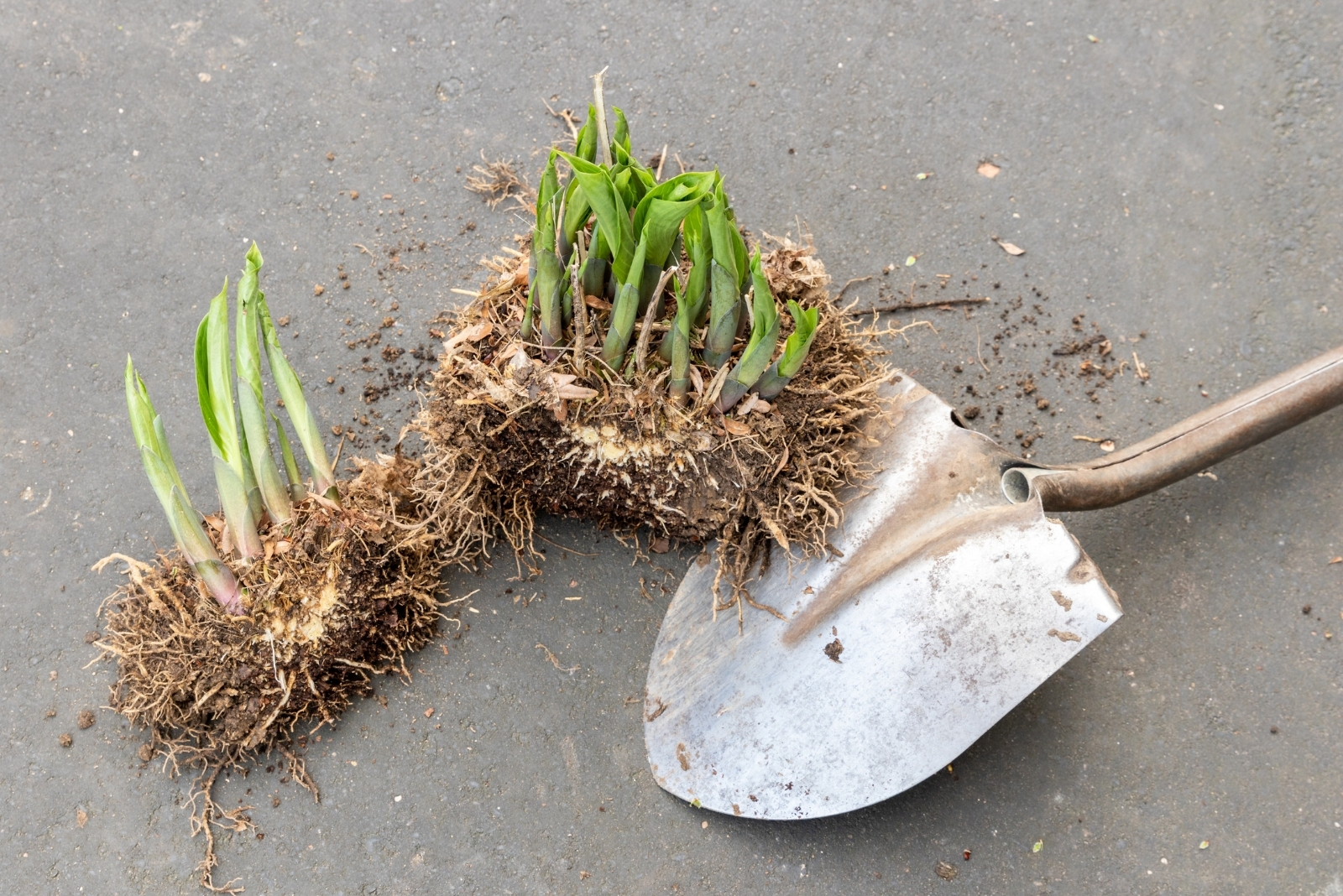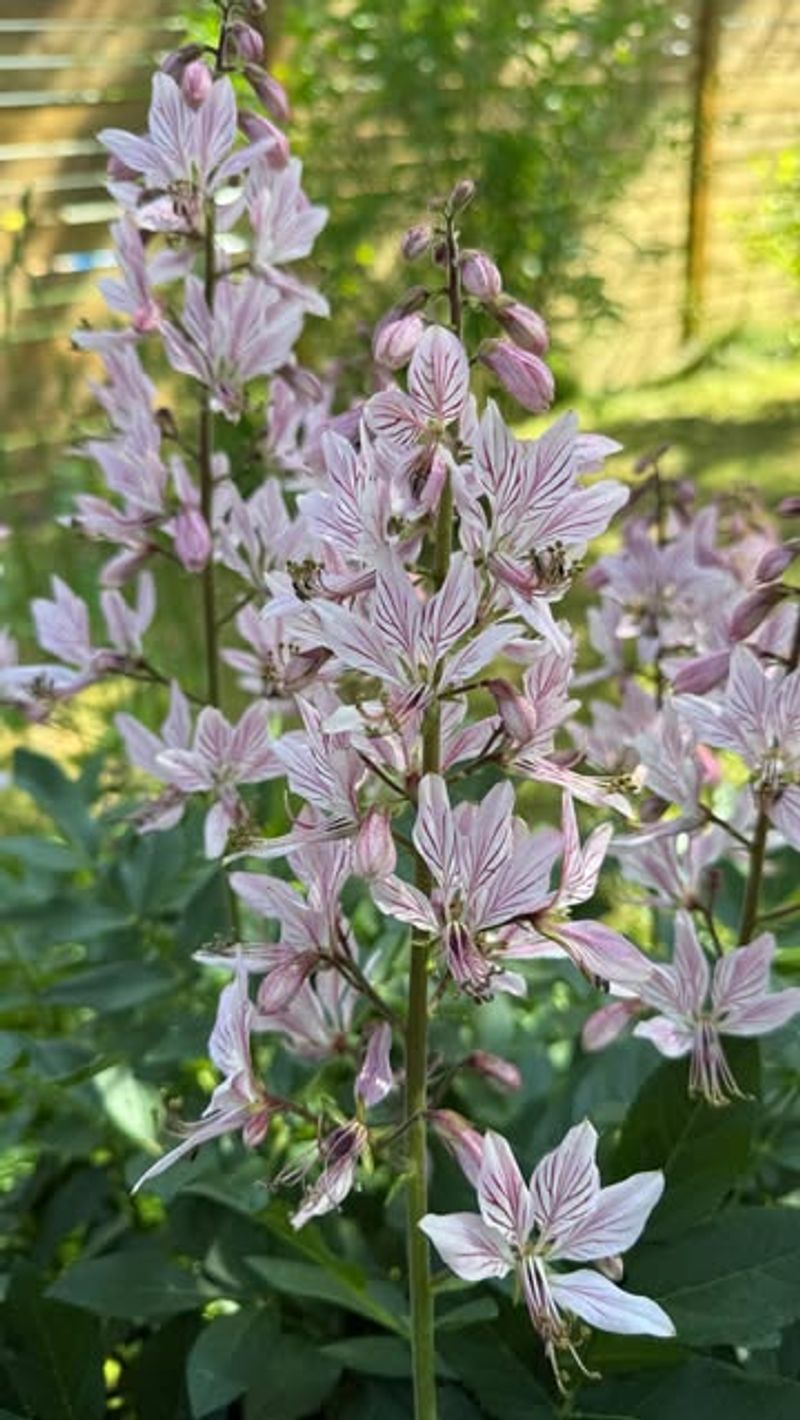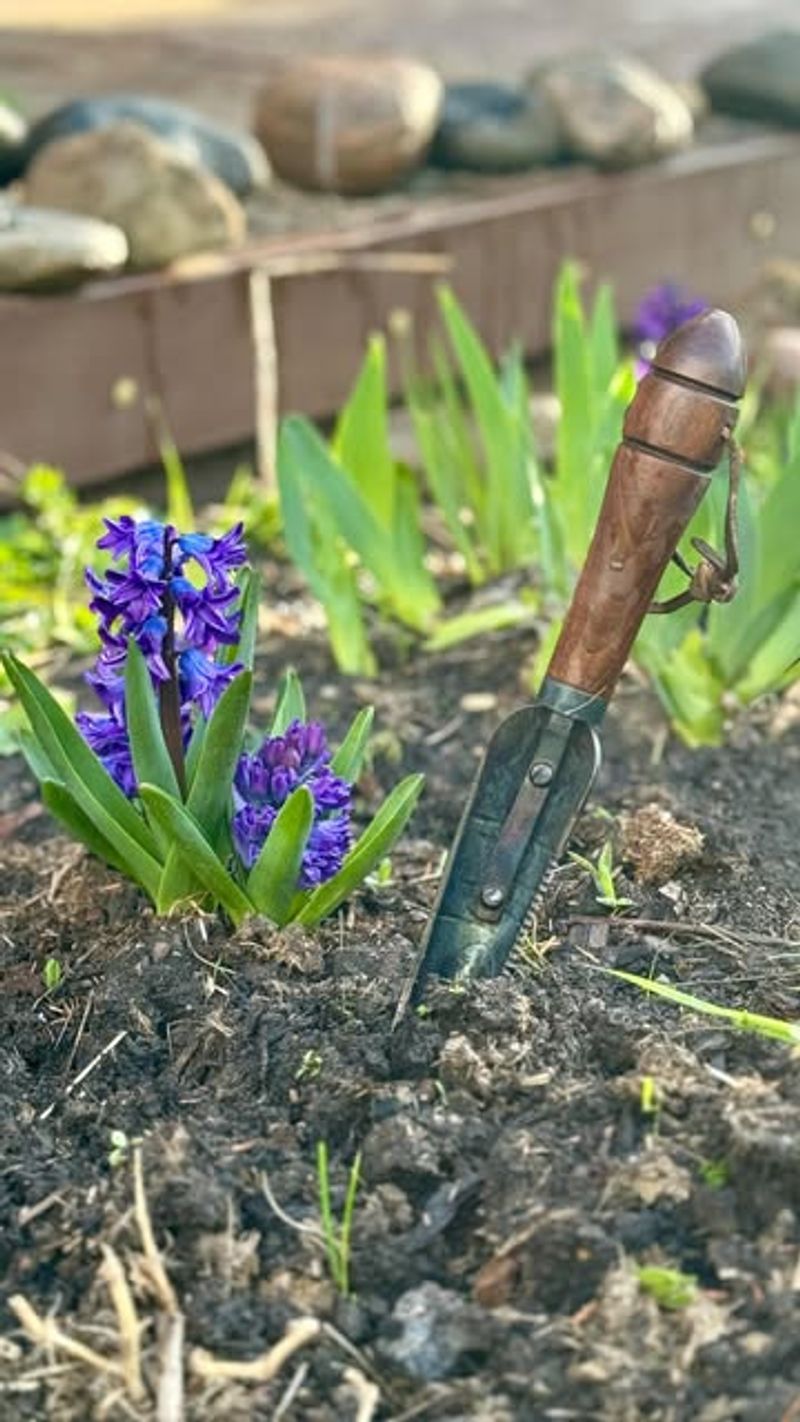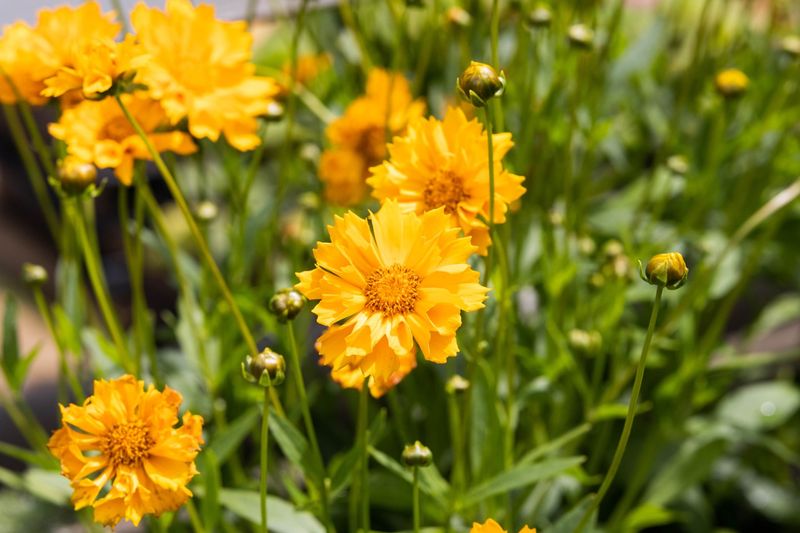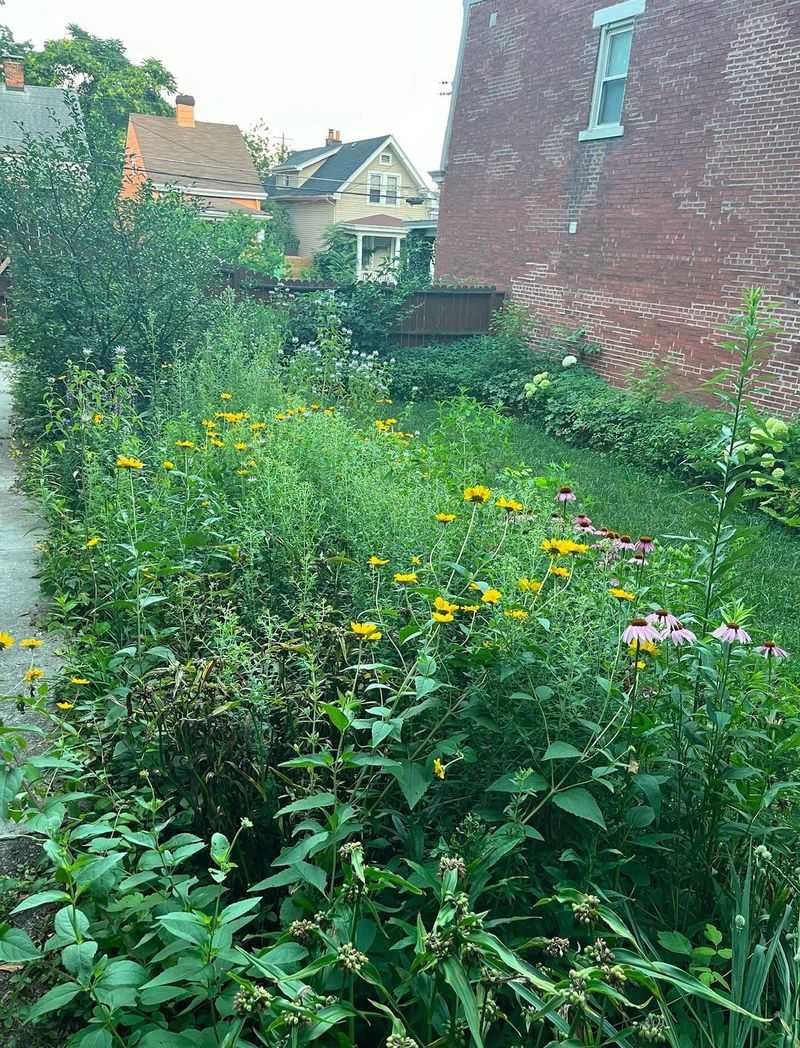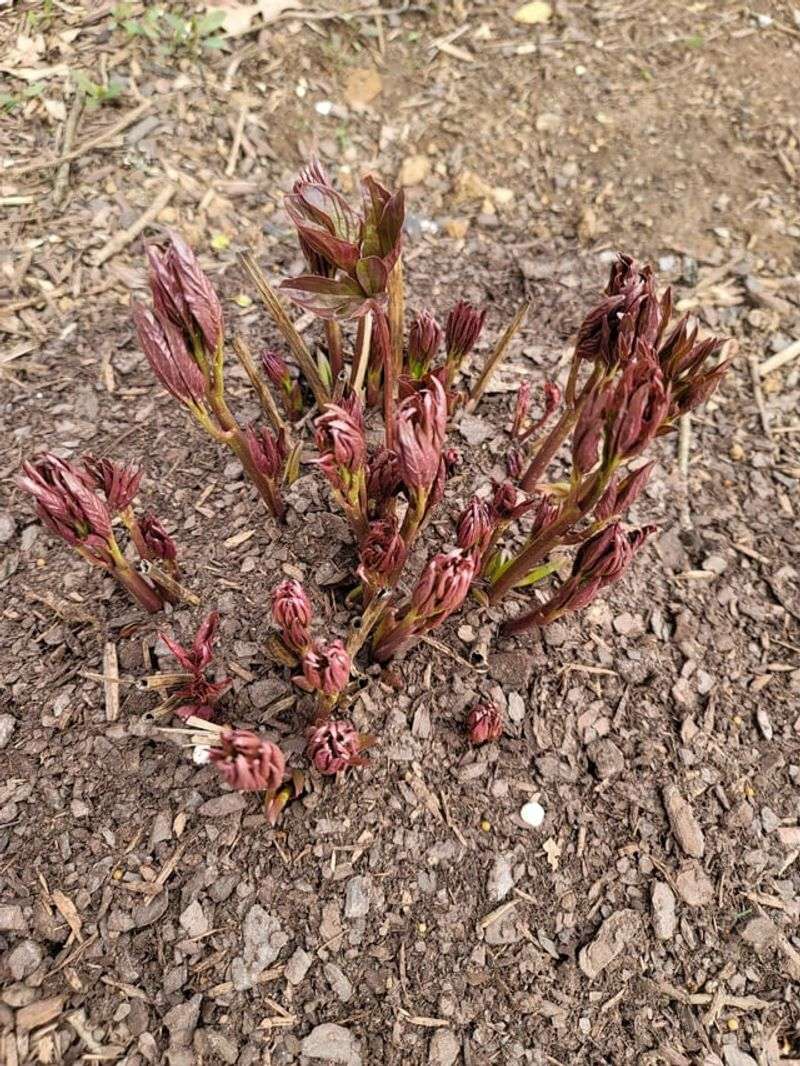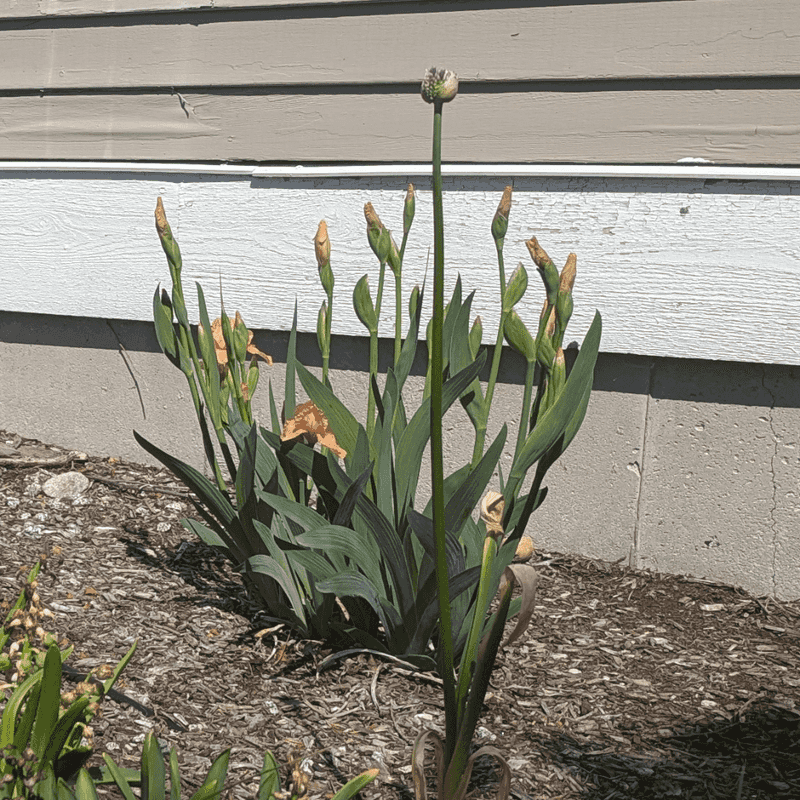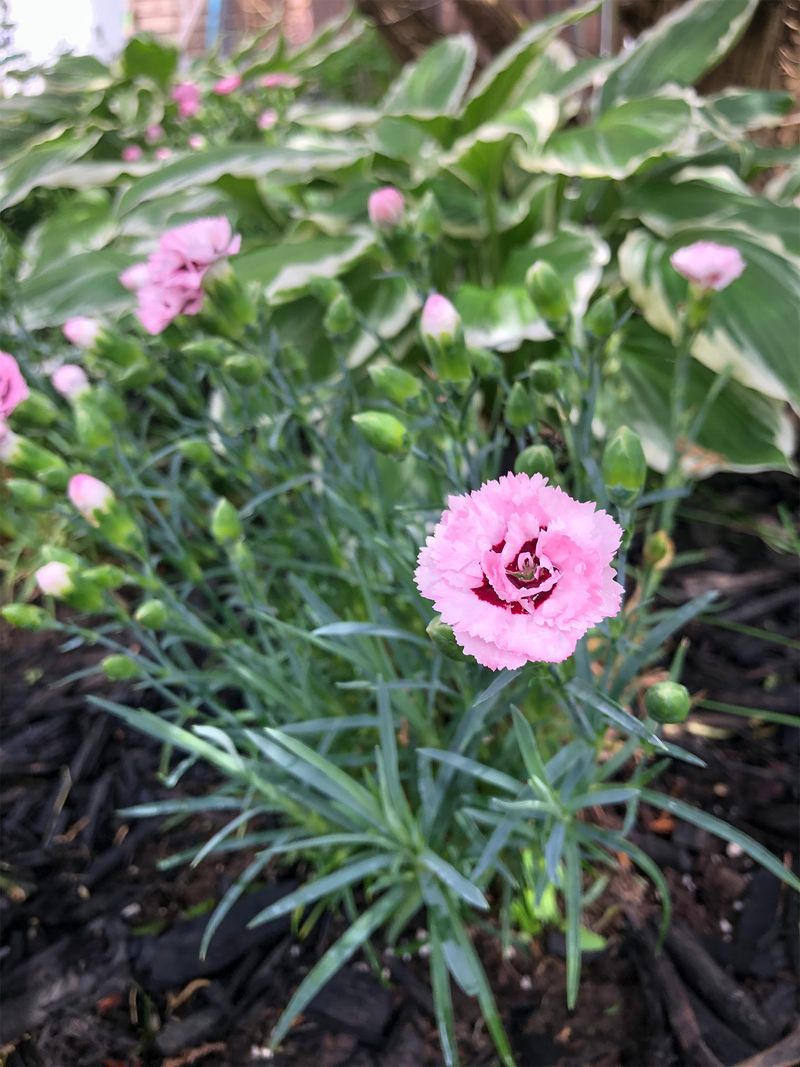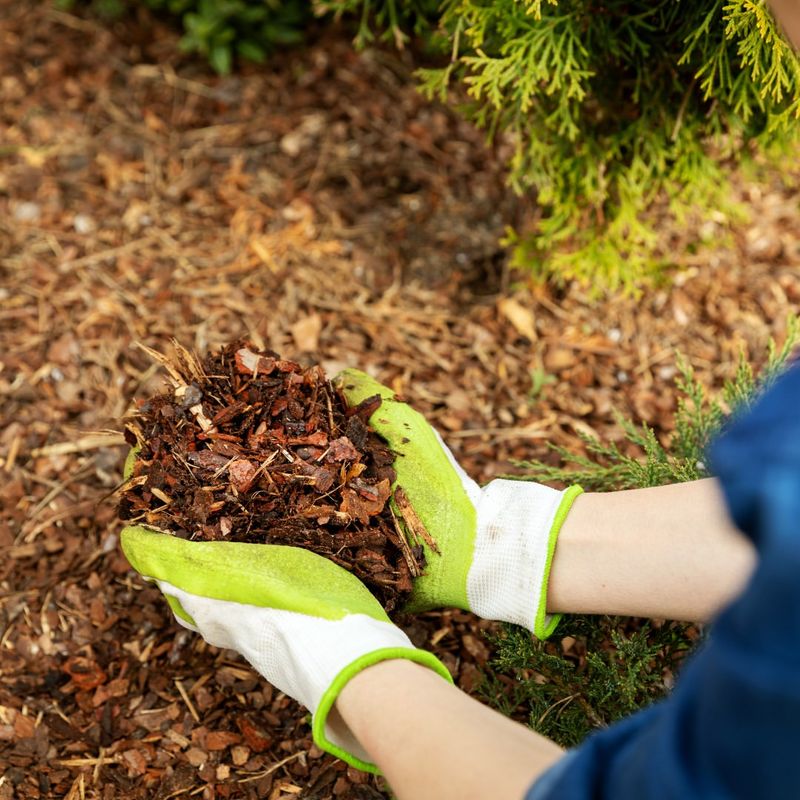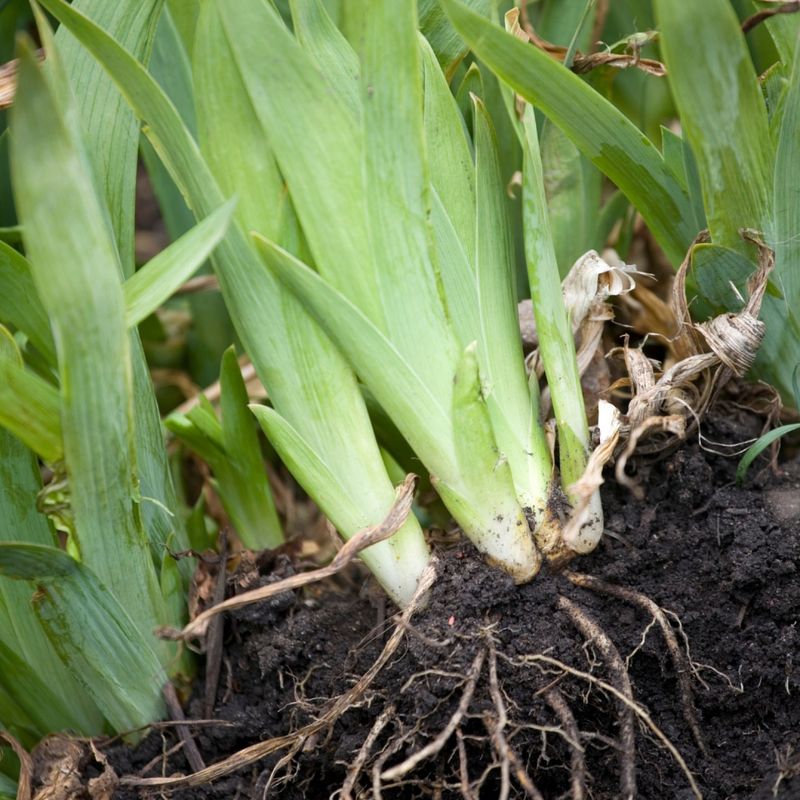Idaho gardens can feel quiet as winter approaches, but now is the perfect time to give perennials a fresh start. I’ve found that dividing plants before the first frost keeps them healthy and encourages bigger blooms next season.
A few simple steps can make the process easy and rewarding. It’s satisfying to watch crowded clumps transform into thriving, well-spaced plants.
Getting this done before the ground freezes sets your garden up for a strong, vibrant spring.
1. Choose the Right Timing
Early fall provides the sweet spot for dividing perennials in Idaho gardens. Aim for 4-6 weeks before the first hard freeze, typically by mid-October in most parts of the state.
Plants need this buffer time to establish new roots before winter dormancy. Idaho’s varied elevation zones mean mountain gardeners should complete this task earlier than those in the Snake River Plain.
2. Gather Your Tools
Sharp, clean tools make division work much easier and healthier for your plants. Grab garden forks, spades, pruners, and a serrated knife for tougher root systems.
Don’t forget gloves to protect your hands! Idaho gardeners often keep a bucket of water nearby to rinse soil from roots. Sanitize everything with rubbing alcohol to prevent spreading diseases between plants.
3. Water Plants Thoroughly
Hydrate your perennials the day before digging them up. Well-watered plants have more flexible roots that separate more easily and suffer less transplant shock.
This step is especially important in Idaho’s drier climate where fall can bring unexpected dry spells. Morning watering works best, giving plants plenty of time to absorb moisture before you begin the division process.
4. Identify Division Candidates
Look for perennials showing center die-out, decreased flowering, or those that have outgrown their space. Hostas, daylilies, and irises typically need division every 3-5 years in Idaho gardens.
Skip plants that were recently planted or look stressed. Many Idaho gardeners create a garden map marking which perennials need division this season versus next year to maintain a rotation schedule.
5. Dig Carefully
Start digging several inches away from the plant’s drip line. Idaho’s clay-heavy soils in some regions require extra care not to damage the root ball.
Work your shovel or garden fork around the entire perimeter before gently prying upward. Many Idaho gardeners find early morning the best time for this work, when temperatures are cool but the ground hasn’t frozen overnight.
6. Divide Properly
Shake or rinse excess soil to reveal natural division points. Different plants require different approaches – fibrous roots can be pulled apart by hand, while woody crowns need cutting tools.
Idaho gardeners often find that hostas and daylilies divide easily with two garden forks inserted back-to-back. Irises, popular in Idaho’s sunny gardens, should have rhizomes cut with sharp knives, keeping at least one fan per division.
7. Trim and Clean
Remove dead or damaged parts from your divisions. Cut back foliage by about one-third to reduce transplant stress and water loss through leaves.
Idaho’s dry climate makes this step particularly important. Discard any sections showing signs of disease or pest damage – common culprits in Idaho include iris borers and crown rot, which can spread to your entire garden.
8. Replant Promptly
Don’t let divisions dry out! Prepare new planting holes before you begin dividing. Idaho’s soil often benefits from added compost to improve drainage and nutrient content.
Plant divisions at the same depth they were growing previously – too deep and they might rot during Idaho’s wet spring. Space appropriately based on mature size, remembering that most Idaho perennials will expand significantly over time.
9. Water and Mulch
Give your newly planted divisions a deep, thorough watering. Then apply 2-3 inches of mulch around plants, keeping it away from stems to prevent rot.
Mulch provides crucial protection in Idaho’s harsh winter climate where temperatures can plummet suddenly. Pine needles or straw work particularly well in Idaho gardens, insulating roots while allowing proper air circulation.
10. Monitor Weather Forecasts
Keep an eye on Idaho’s unpredictable fall weather. Cover newly divided plants if early freezes threaten before they’ve established.
Idaho gardeners often use frost cloth or simple inverted buckets for temporary protection. Continue watering until the ground freezes if fall precipitation is lacking, which happens frequently in Idaho’s southern regions where late autumn can be surprisingly dry.

